Venice Biennale 2022: Cecilia Alemani, Curator of the 59th International Art Exhibition
The 59th International Art Exhibition will take place from 23 April to 27 November 2022 (pre-opening on 20, 21 and 22 April), curated by Cecilia Alemani. “As the first Italian woman to hold this position, I intend to give voice to artists to create unique projects that reflect their visions and our society”, Alemani has declared.
Cecilia Alemani is a curator who has organized many exhibitions of contemporary artists. She is currently Director and Chief Curator of High Line Art, the programme of public art of the urban park in New York, and is the past curator of the Italian Pavilion at the Biennale Arte 2017.
Declaration by Cecilia Alemani:
The milk of dreams is the title of the 59th International Art Exhibition of the Venice Biennale.
The exhibition takes its name from a book by the surrealist artist Leonora Carrington (1917-2011), who in the 1950s in Mexico imagined and illustrated mysterious fairy tales first directly on the walls of her house, and then collected them in a booklet called Il latte dei dreams. Losing children, vultures trapped in jelly and carnivorous machines are some of the hallucinatory visions of hybrid and mutant creatures that populate Carrington's fantastic universes. Told in a dreamlike style that seems to terrify adults and children, Carrington's stories describe a magical world in which life is constantly reinvented through the prism of the imagination and in which it is allowed to change, transform, become other than oneself. It is a free world full of infinite possibilities, but it is also the allegory of a century that imposes an intolerable pressure on identity, forcing Carrington to live as an exile, locked up in psychiatric hospitals, a perennial object of fascination and desire but also figure of rare strength and mystery, always fleeing the constraints of a fixed and coherent identity. When asked when she was born, Carrington replied that she was built from the encounter between her mother and a machine, in a bizarre communion of human, animal and mechanic that distinguishes many of her paintings and literary works.
The exhibition The milk of dreamschooses Leonora Carrington, her fantastic creatures and many other transformation figures as companions for an imaginary journey through the metamorphosis of the bodies and definitions of the human. The exhibition stems from the numerous conversations that have taken place with many female artists in recent months. From these dialogues a series of questions persistently emerged which not only evoke this precise historical moment in which the very survival of humanity is threatened, but which summarize many other issues that have dominated the sciences, arts and myths of our time. How is the definition of human changing? How is life defined and what are the differences that separate the animal, the vegetable, the human and the non-human? What are our responsibilities towards our fellowmen, other forms of life and the planet we inhabit? And what would life be like without us?
These are some of the questions that guide this edition of the Biennale Arte, whose research focuses in particular on three thematic areas: the representation of bodies and their metamorphoses; the relationship between individuals and technologies; the bonds that intertwine between bodies and the earth.
Many contemporary artists and artists are imagining a post-human condition, questioning the modern and Western vision of the human being - in particular the presumed universal idea of a white and male subject, "man of reason" - as the center of the human being. universe and as a measure of all things. In its place, they contrast worlds made of new alliances between different species and inhabited by permeable, hybrid and multiple beings, such as the fantastic creatures invented by Carrington.
Under the pressure of increasingly invasive technologies, the boundaries between bodies and objects have been completely transformed, imposing profound mutations that redesign new forms of subjectivity and reconfigure hierarchies and anatomies.
Today the world appears dramatically divided between technological optimism, which promises the infinite refinement of the human body through science, and the specter of total control by machines thanks to automation and artificial intelligence. This rift was further exacerbated by the COVID-19 pandemic, which has trapped much of human interactions behind the surfaces of screens and electronic devices and further intensified social distances. In recent months the fragility of the human body has tragically become more evident but at the same time it has been kept at a distance, filtered by technology, made almost immaterial and disembodied.
The pressure of technology, the outbreak of the pandemic, the escalation of social tensions and the threat of impending environmental disasters remind us every day that, as mortal bodies, we are neither invincible nor self-sufficient, but rather part of a system of addictions. symbiotics that bind us to each other, to other species and to the entire planet.
Many artists portray the end of anthropocentrism, celebrating a new communion with the non-human, with the animal and with the earth, enhancing a sense of affinity between species and between the organic and the inorganic, between the animate and inanimate. Others react to the dissolution of presumed universal systems, rediscovering local forms of knowledge and new identity policies. Still others practice what the feminist philosopher and activist Silvia Federici describes as the "re-spell of the world", mixing indigenous knowledge and individual mythologies, in ways not unlike those envisioned by Leonora Carrington.
If the events of the last few months have given shape to a torn and divided world, the exhibition The milk of dreams tries to imagine other forms of coexistence and transformation. For this reason, despite the climate in which it was born, The milk of dreams aspires to be an optimistic exhibition, which celebrates art and its ability to create alternative cosmologies and new conditions of existence. The exhibition looks at artists not as those who reveal who we are, but rather as those who know how to absorb the anxieties and worries of these times to show us who and what we can become.
Source: www.labiennale.org
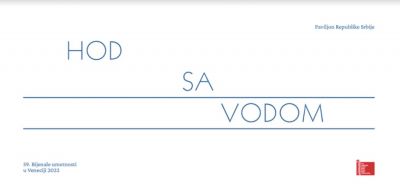 Hod sa vodom samostalna izložba Vladimira Nikolića na Bijenalu u Veneciji 2022. godine
Hod sa vodom samostalna izložba Vladimira Nikolića na Bijenalu u Veneciji 2022. godine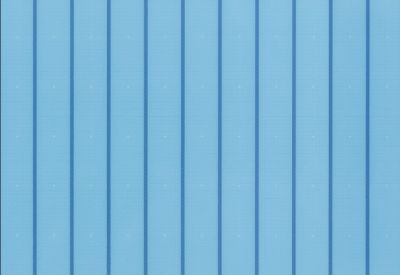 Vladimir Nikolic, 800m (detail), 2019. CinemaDNG image sequence transferred to 4K video. © Vladimir Nikolic. Courtesy of the artist.
Vladimir Nikolic, 800m (detail), 2019. CinemaDNG image sequence transferred to 4K video. © Vladimir Nikolic. Courtesy of the artist.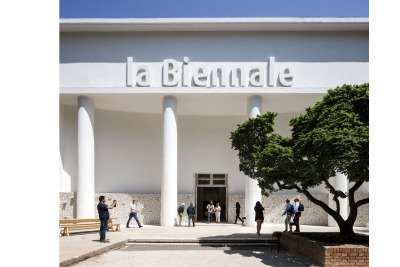 The Venice Biennale's Central Pavillion in the Giardini Photo: Francesco Galli; Courtesy of La Biennale di Venezia
The Venice Biennale's Central Pavillion in the Giardini Photo: Francesco Galli; Courtesy of La Biennale di Venezia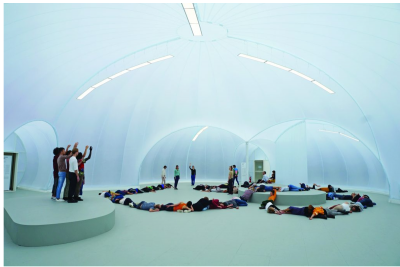 Alexandra Pirici Aggregate (2017–2019). Photo: Andrei Dinu. Courtesy the Artist. © Alexandra Pirici
Alexandra Pirici Aggregate (2017–2019). Photo: Andrei Dinu. Courtesy the Artist. © Alexandra Pirici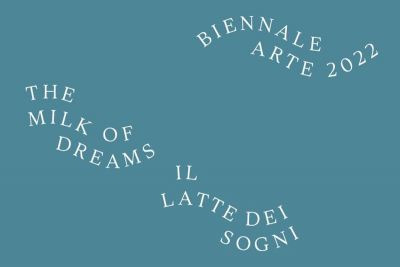 BIENNALE ARTE 2022: THE MILK OF DREAMS
BIENNALE ARTE 2022: THE MILK OF DREAMS

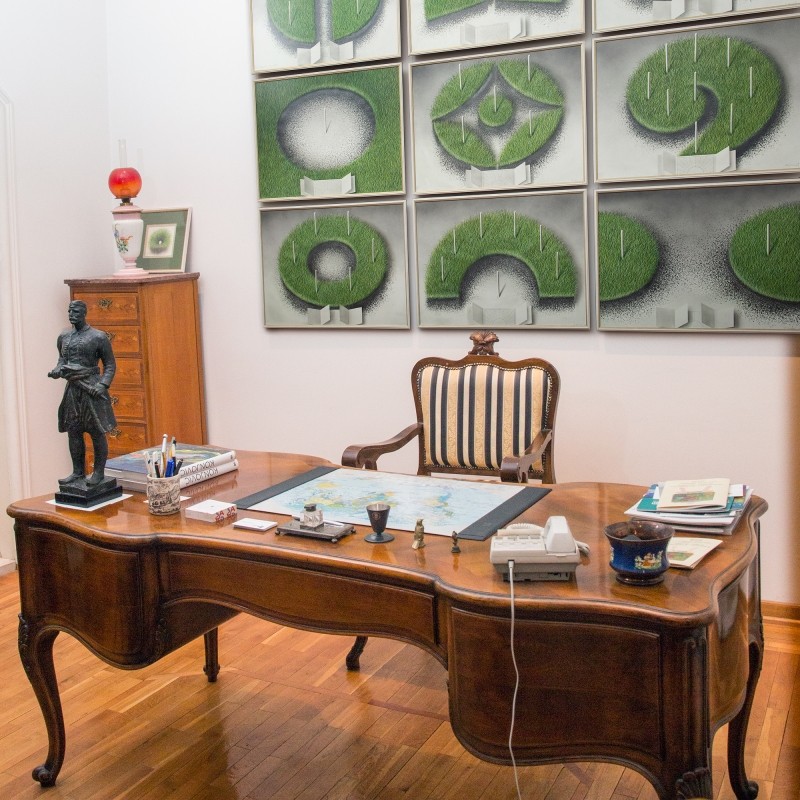
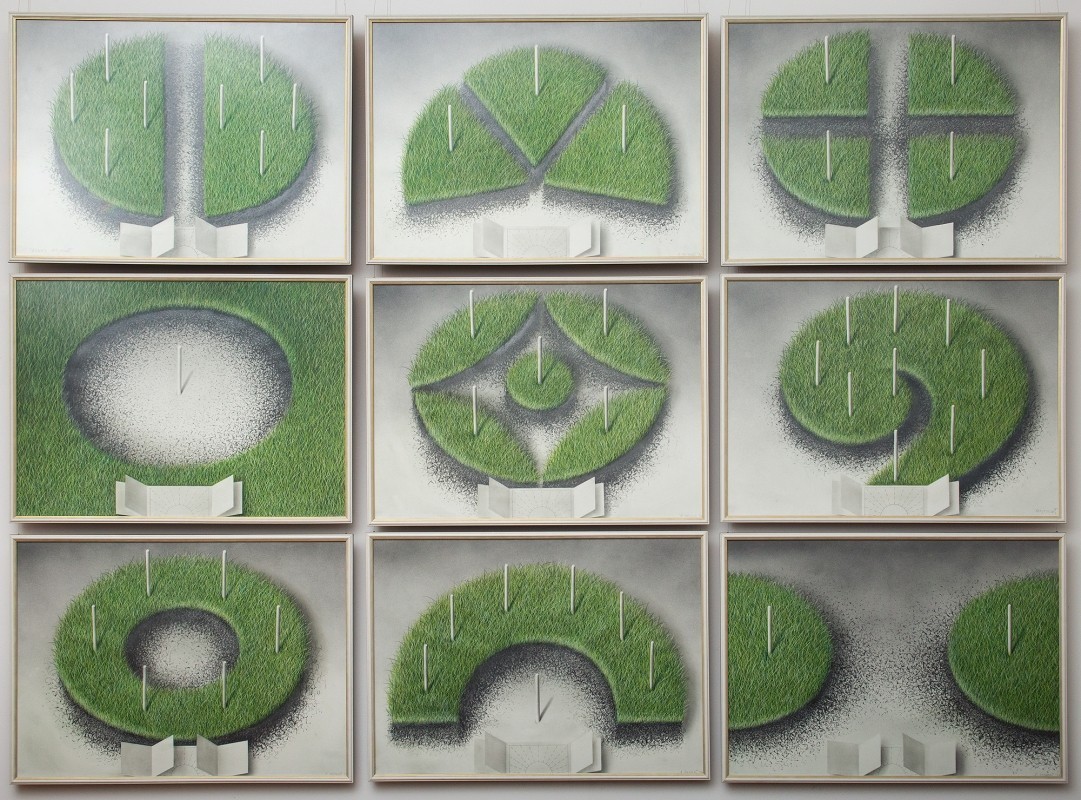
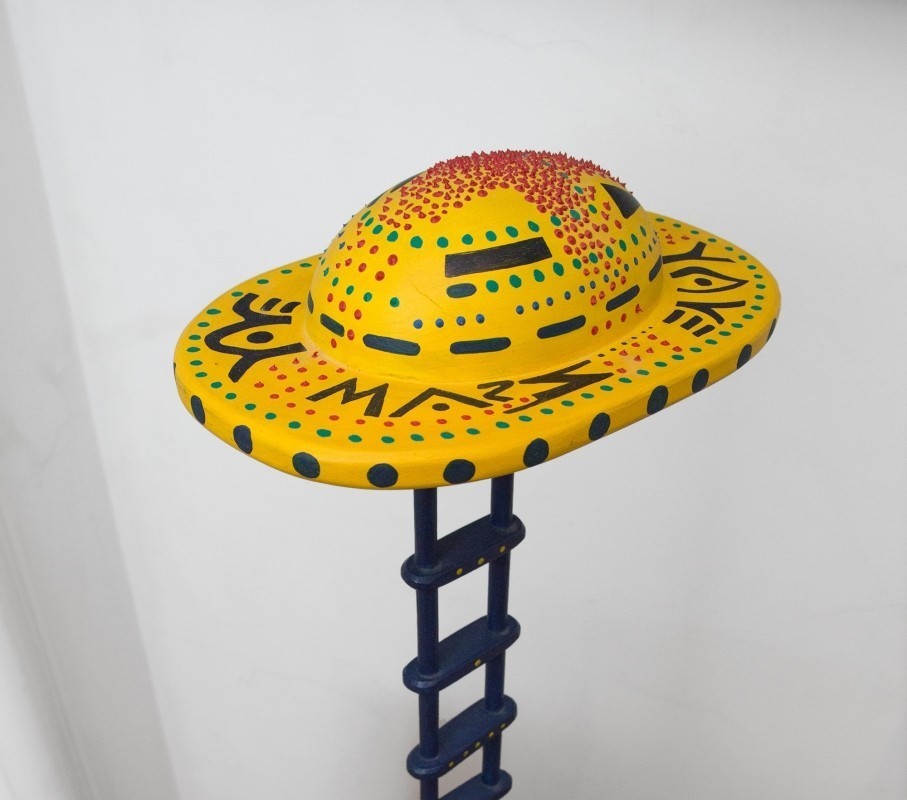
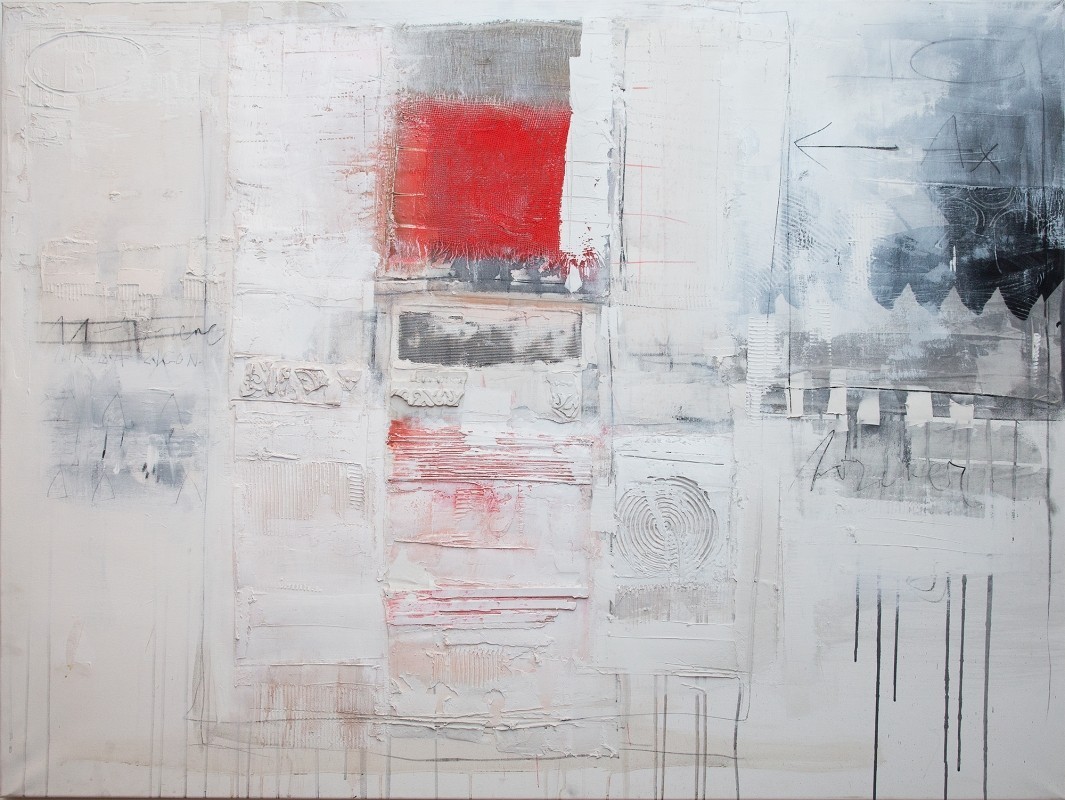
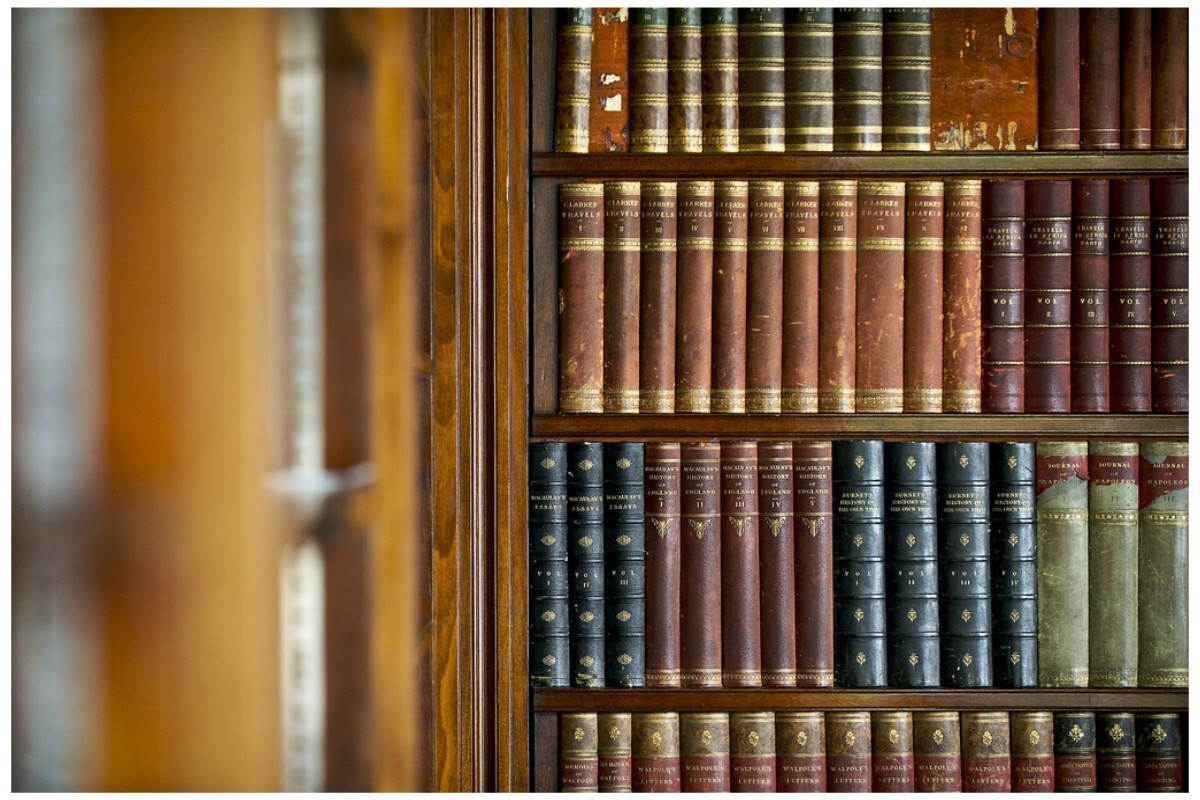


 Tweets by @ArtHaus_rs
Tweets by @ArtHaus_rs